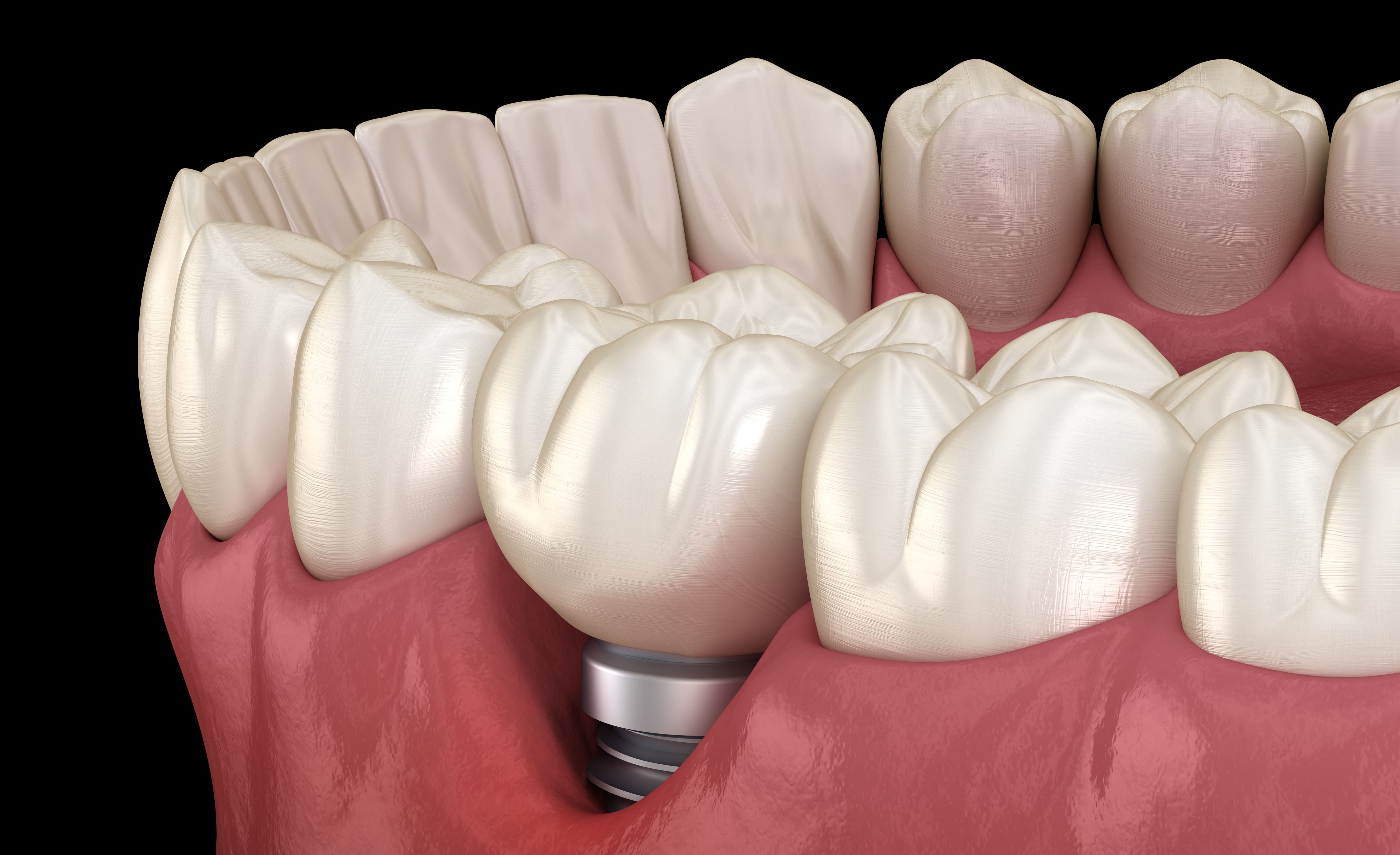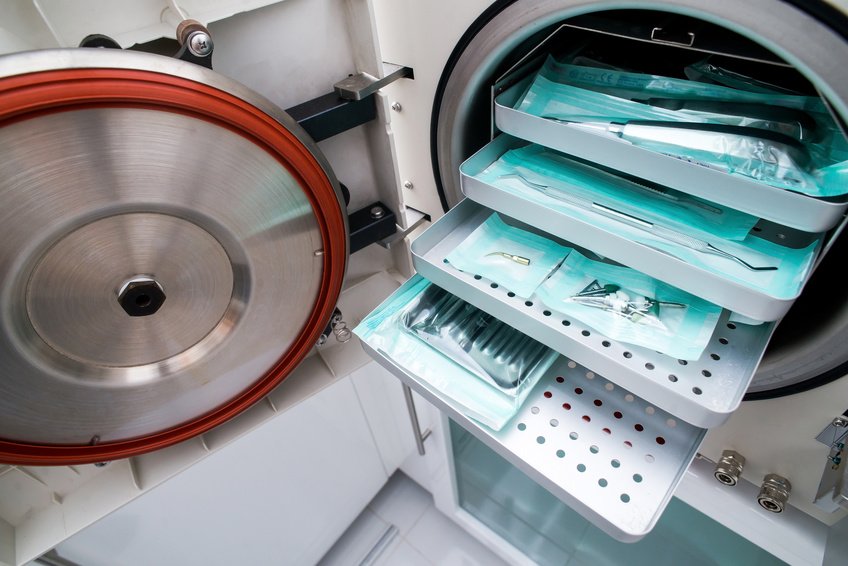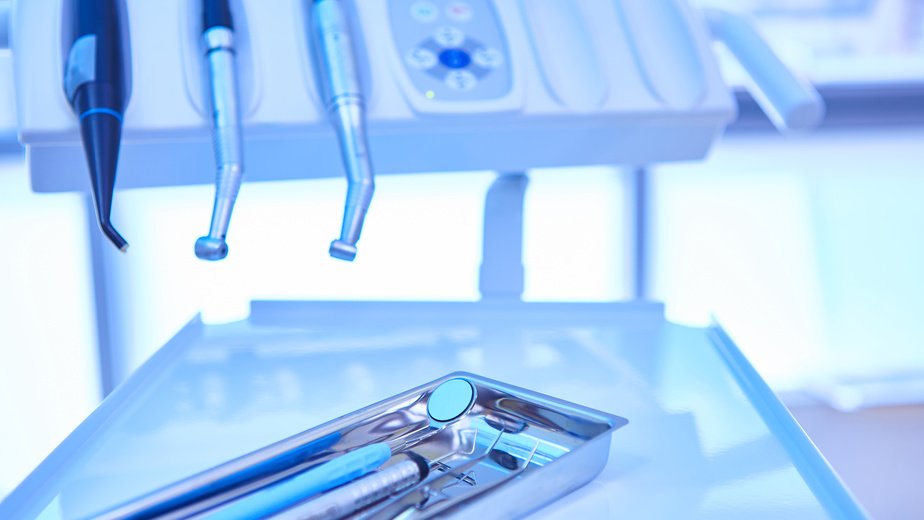
Non sterile isolation gown
- Packung mit 100 Stück Packung mit 100 Stück

Nous contacter : 01 48 01 32 89

HYGITECH Academy invites you to watch this clinical case on dental implant placement after bone...




The success of implant surgery depends as much on surgical skill as it does on thorough preoperative preparation. A properly set-up operating room that strictly follows asepsis protocols significantly reduces the risk of infection and contributes to the confidence and calm of the surgical team. Here are the key steps for optimal, structured, smooth, and safe room preparation.
Planning should begin well before the procedure—ideally the day before or at least several hours in advance. It is highly recommended to use a standardized checklist including:
The type of procedure planned (single implant placement, bone grafting, sinus lift, etc.)
The number of practitioners and assistants involved
The specific equipment required (surgical kits, biomaterials, etc.)
The sterile consumables needed

Using a standardized HYGITECH protocol, such as the 10-step implant surgery protocol, helps ensure nothing is forgotten and promotes consistent clinical practices.
According to HAS recommendations and good aseptic surgical practices, the room must be organized into clearly defined zones:
Contaminated zone: patient reception, non-sterile storage
Clean zone: instrument preparation, team gowning
Sterile zone: surgical field
Once aseptic procedures begin, traffic between zones should be strictly limited. All surfaces must be disinfected with a detergent-disinfectant that meets EN 14476 (virucidal), EN 13727 (bactericidal), and EN 13624 (fungicidal) standards.
Every instrument must be sterilized according to ANSM guidelines. Key steps include:
Verifying the integrity of sterilization pouches (no tears, correct sterility indicators)
Preparing surgical trays in the clean zone, using non-sterile gloves
Never opening sterile devices until the sterile team is fully gowned and in place
Single-use kits like HYGITECH surgical packs save time and ensure optimal traceability, with detachable labels ready to be filed in the patient record.
Adherence to the sterile gowning sequence is crucial:
Hand hygiene: alcohol-based rub or surgical scrub (depending on procedure duration)
Initial gowning: cap, mask, protective eyewear
Sterile attire: surgical gown, sterile gloves
Setting up the sterile surgical field
💡 Tip to reduce stress: every team member should know their exact gowning order and role—this limits confusion and last-minute errors.
Before the patient enters, a final team briefing is strongly advised:
Check all instruments (drills, tips, implants, surgical motor, suction)
Check consumables (syringes, needles, drapes, gauze, sutures)
Verify sterility (expiration dates, packaging integrity)
A final walkthrough using a checklist—modeled after the WHO Surgical Safety Checklist—adds one more layer of safety to the process.
conclusion: prepare without stress, prepare with structure
In implantology, a well-prepared room means a confident team and a safer procedure. Anticipation, standardized protocols, and strict aseptic technique not only reduce infection risk but also help minimize stress and optimize collective performance.
 Preparation: How to put surgical clothes on
Preparation: How to put surgical clothes on
